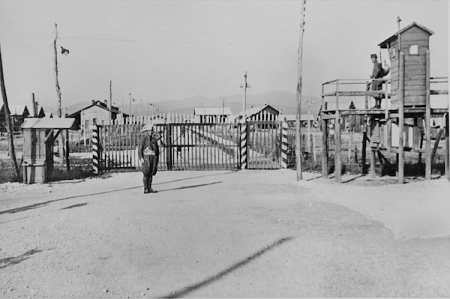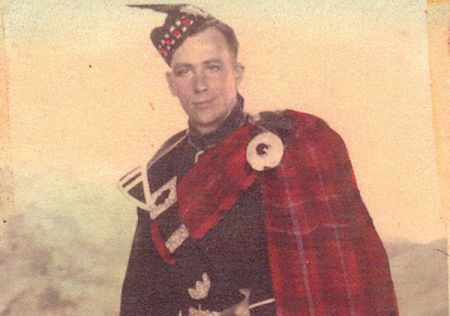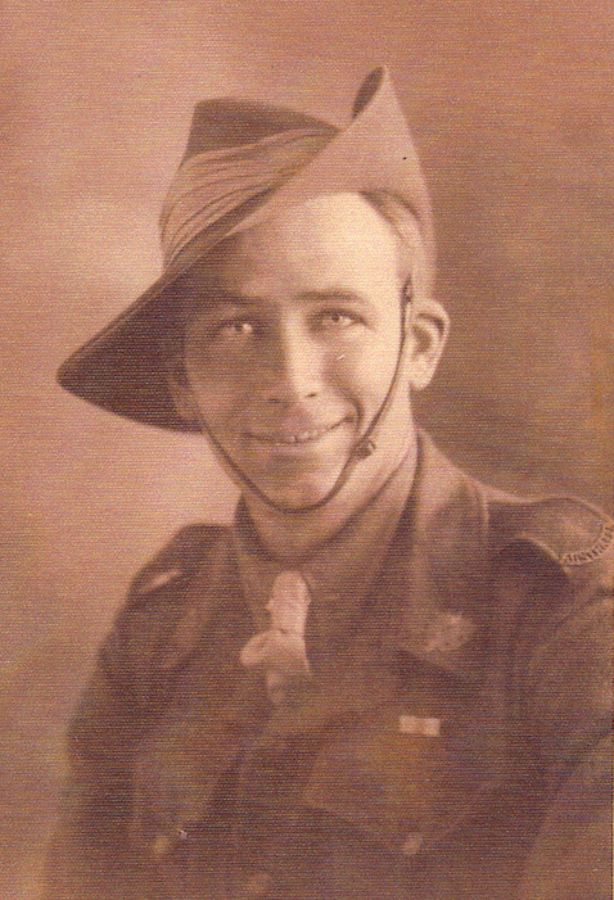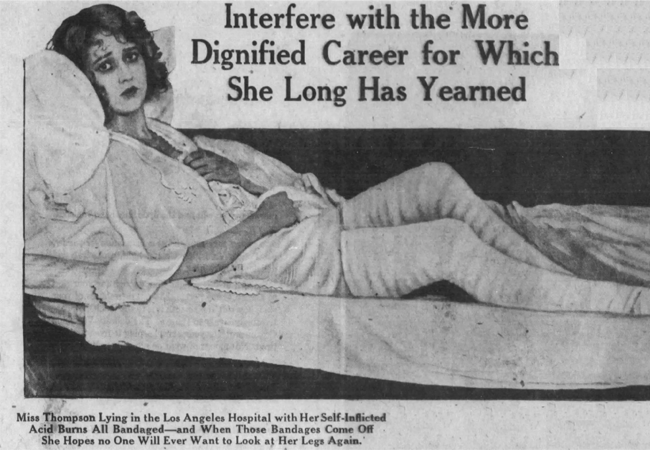Victory in Europe Day commemorations of the defeat of Nazi Germany were subdued this year due to the ongoing war with COVID-19, writes history editor Dr Glenn Davies.
ON 16/5/1945, my great uncle Private Donald Davies was officially declared in his Australian war record, a ‘Recovered POW’. As a prisoner of war for four years in total – first in Campo 57 in Italy and later the notorious Stalag-344 near Lamsdorf, Germany – he experienced the ultimate "lockdown".
VE Day 2020 commemorations of the defeat of the Nazis in Europe have been largely muted due to the devastation across Europe brought on by the COVID-19 pandemic.
Seventy-five years ago, Europe was coming out of lockdown after Victory in Europe was declared on 8/5/1945. After nearly six years, the war in Europe was finally over. As nations around the world are currently struggling to develop the road out of COVID-19 lockdown, it is worth reflecting on the road out of POW lockdown for one ordinary Australian soldier 75 years ago.
Following the outbreak of World War II on 3/9/1939, the Australian Government announced the decision to raise the Second Australian Imperial Force for overseas service.
The 2/15th Battalion was an Australian Infantry Battalion that consisted predominately of rural workers from central-western Queensland, drawn from 11th Brigade Citizens Military Force (CMF) — 26th Battalion (Longreach, Hughenden and Cloncurry), 31st Battalion (Townsville region) and 42nd Battalion (Capricornia).
John Mackenzie-Smith documents:
'They were scarcely trained and severely deprived of arms which consisted of antiquated .303 Enfield rifles and bayonets, one Tommy gun, one clapped-out 2 inch mortar, one Bren gun and probably grenades.'
My great uncle Donald Walter Davies was a single labourer who enlisted in the 2/15th Australian Infantry Battalion, 9th Division on 1/6/1940 in Cairns, North Queensland. He was 21 years and 2 months old.
By 7/6/1940 he was undertaking basic training at Redbank, Brisbane. On 26/12/1940, Private Davies embarked from Sydney arriving in the Middle East on 3/2/1941. He was not to return to Australia until 8/8/1945. He was to be enlisted for 1,956 days, which included 61 days of active service in Australia and 1,687 days in active service overseas.
The Italian Army had occupied the North African port of Tobruk until its capture by Commonwealth forces in early January 1941. The Italians were driven back across Libya, where the Australian 6th Division captured Bardia, Tobruk and Benghazi. More than 130,000 demoralised Italian troops surrendered.
As the Italian Army collapsed in North Africa in January 1941, Hitler was forced to intervene. In February 1941 General Erwin Rommel and his Afrika Korps arrived in North Africa to support the Italians.
Rommel was a remarkable and brilliant commander. The British advance had continued until Rommel’s counteroffensive on 31st March drove the British and Commonwealth troops back to the borders of Egypt — although a defiant force of 14,000 Australian troops, as well as a smaller number of British troops, held the port of Tobruk against the Germans in a siege that lasted for eight months.
The Australian 9th Division – recently called to the front from Palestine – was ordered to move to Tobruk from its position in Derna to the west. By dawn on 7/4/1941, most of the 9th Division was east of Derna.
During breakfast, the 2/15th Commanding Officer, Lieutenant Colonel R.F. Marlan – along with his headquarters staff and part of the 8th Light Anti-aircraft Battery – had been surprised by a company of German panzers. After a short sharp fight, nine officers and 215 men from the 2/15th became the latest prisoners of the Third Reich. It is most likely one of these was Private Donald Davies.
Private Donald Davies’ official war record states he was reported ‘Missing in Action. Believed POW' on 13/4/1941. He was believed to have been captured at Derna on 7/4/1941. It was not until 10/7/1941 that there was official confirmation that he was a "prisoner of war", or POW. This captivity was to last a little over four years. His was to be a long war.
The first evidence of where Private Donald Davies was being held captive was a letter written in January 1942 from Campo 57 to his mother in North Queensland.
In this first letter, he refers to Audrey – who he would marry after the war – and Nell, his sister. He talks of not yet receiving any parcels from home but tries to keep in the letter a hopeful tone. This would have been his first white winter — as a North Queensland boy he would never have experienced the cold from snow before.
On 31/1/1942 Private Donald Davies wrote:
Dear Mother
There is still very little I can say in a letter but here goes to do the best I can. Up to the time of writing I have not received any parcel but am still hoping. I have had one letter from Audrey and one [?] message. Twice this week it has snowed in noticeable quantities. I have only had one message from Nell. I can’t write to everyone as I only get paper for one letter per week and it is better for one to get all and pass the news on. Then I love to write occasionally to Audrey. Then to add to my tale of woe I have a very bad cold which makes things pretty bad but still I’ll see it out as I fail to see how this can go much longer. Well this is about all so I must close with
Love
Don
The first mention in Private Donald Davies’ war record on his location as a POW is on 2/9/1943 as being held in Italian Internment Camp 57. Australian POWs who were not officers were held in Campo 57, at Gruppignano near Udine in north-east Italy. The camp was commanded by the very harsh Colonel Vittorio Calcaterra. This Italian officer died before he was able to be charged with war crimes.

On 22/2/1942 Private Donald Davies wrote:
Dear Mum
Just the usual note to show the usual. I am as usual quite well. I have not received any parcel from you yet. The worst of the winter is now over and I think I have weathered it quite well. The chilblains are a bit painful though. I had my first letter from Nell this morning. It has taken a long while to reach me being several months old. Wrote to Agnes last week. I only remember one girl of that name and believe me she is easy on the eyes. Yes we get a parcel of food from the Red Cross weekly. Theoretically that is. Sometimes owing to a hitch somewhere or other they don’t turn up. [Black censored 2-3 lines] This is about the lot so I’ll say cheerio.
Love
Don
In the third letter to his mother, he discusses social activity at Campo 57 and some of his health problems. Food was poor in the Italian internment camps and housing was crowded and unsanitary. Although there is a reference to a dentist in the letter, the prisoners usually had to improvise their own medical treatment to cope with both pneumonia and kidney disease. There is a sense of his growing depression and frustration at the lack of contact with family and the outside world.
On 19/5/1943 Private Donald Davies wrote:
Dear Mum
Things have all quite a lot improved recently. Since I last wrote you I have had a slight attack of dysentery. Nothing to worry over though and I am as well as ever again. Also I am having a spot of trouble with my teeth. The dentist says that most of it is due to that fracture I had at college. I am not getting very much mail these days but I am glad of what little I do get. I have taken on the boxing again. I have a chap teaching me who has been in with most of the good men at home. My boxing sense is as good as ever but I am fearfully slow with my hands. That can be easily rectified though. Since my capture I have had two letters from Nell. Not a bad average is it. I am getting a little tired of writing and getting no reply. You might mention it to her next time you write. This is all for this time so will close with kind regards to all.
All love
Don
The final surviving piece of correspondence is a postcard to his sister-in-law, Ann. Although it is brief, the message suggests that parcels and messages from family were now getting through to the POWs in Italy.
On 5/7/1943 Private Donald Davies wrote:
My Dear Ann
Had a letter from you a while back. Thanks for the card of the kid. He sure is a fine boy. Had a parcel from Mum dated 4th January. Am doing quite well at present.
See you soon
Love
Don
When Italy capitulated in 1943, all POWs in Italian hands were transferred to German control. POWs were held in over 40 major camps all over Germany, from Lithuania to the Rhine. About 8,600 Australians became prisoners of the Germans. They included 7,115 Australian soldiers captured in North Africa or Greece.
Private Donald Davies’ official war record reports on 10/5/1944 that he was interned as a POW in Stalag-344 at Lamsdorf, Germany. While officers and other ranks were rarely separated into different camps in Japanese captivity, in the German case this was the rule: officers went to oflags and all other ranks to stalags.
Private Donald Davies from North Queensland had a long war comprised of eight weeks and four days active duty in North Africa followed by over four years in Italian and German POW camps. In January 1945, the Soviet armies advanced into Germany and reached Stalag-344 on 17/3/1945. What came next in the chain of events at this time for him is unknown, except that by 27/5/1945 he was back in the United Kingdom.
It states in his war record that Private Donald Davies was officially declared a ‘Recovered POW' on 16/5/1945 – eight days after VE Day on 8/5/1945. He spent time in England where a photograph of him in Scottish dress was taken on 28/5/1945.

However, on 4/7/1945 he embarked from the United Kingdom for Sydney arriving on 2/8/1945. On 8/10/1945, Private Donald Davies was discharged from the 9th Division. He went on to have a long and successful life.
It is worth spending a moment and reflecting on the World War II service of one ordinary Australian soldier and his long road out of POW lockdown.
You can follow history editor Dr Glenn Davies Glenn on Twitter @DrGlennDavies.
 This work is licensed under a Creative Commons Attribution-NonCommercial-NoDerivs 3.0 Australia License
This work is licensed under a Creative Commons Attribution-NonCommercial-NoDerivs 3.0 Australia License
Support independent journalism Subscribe to IA.












